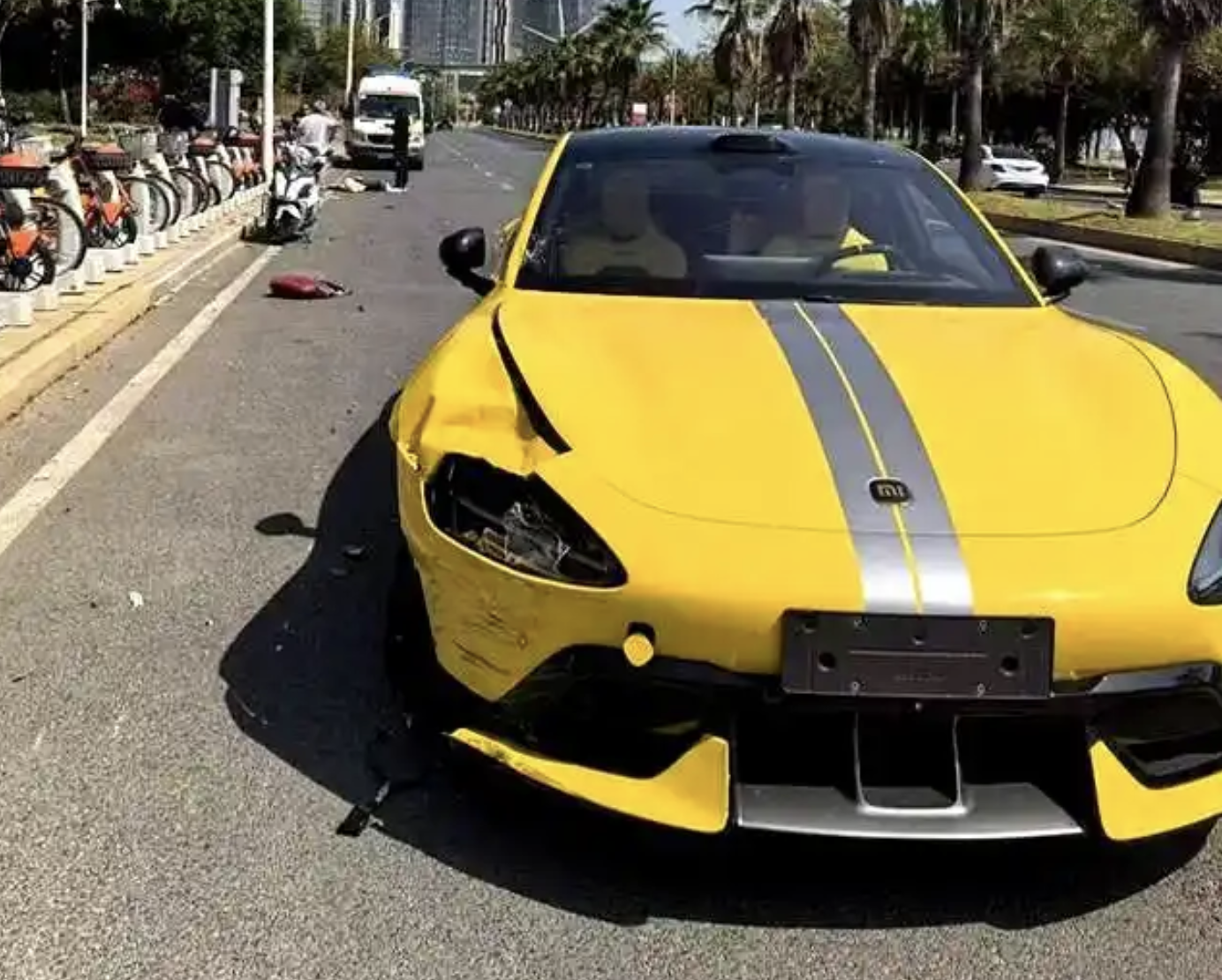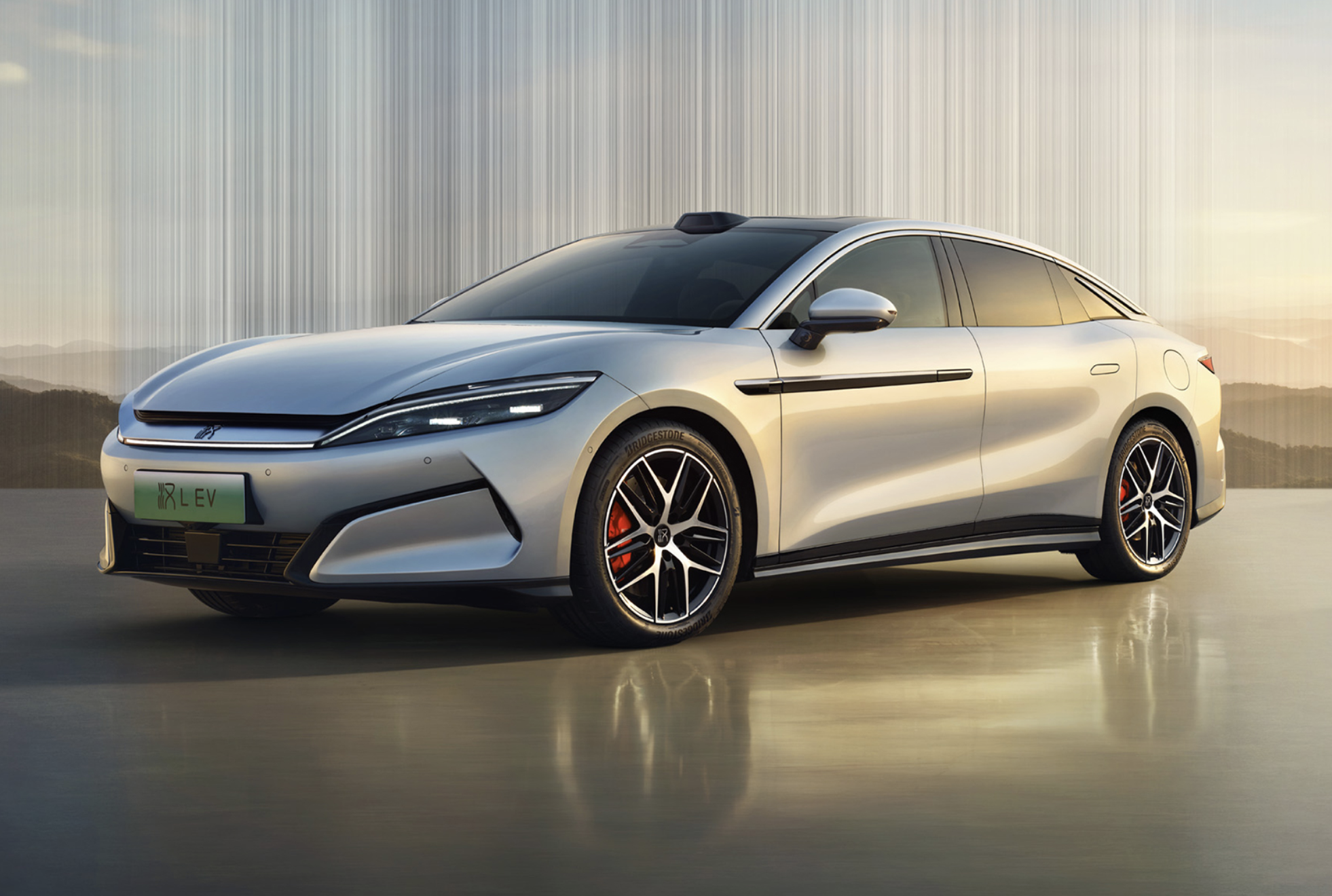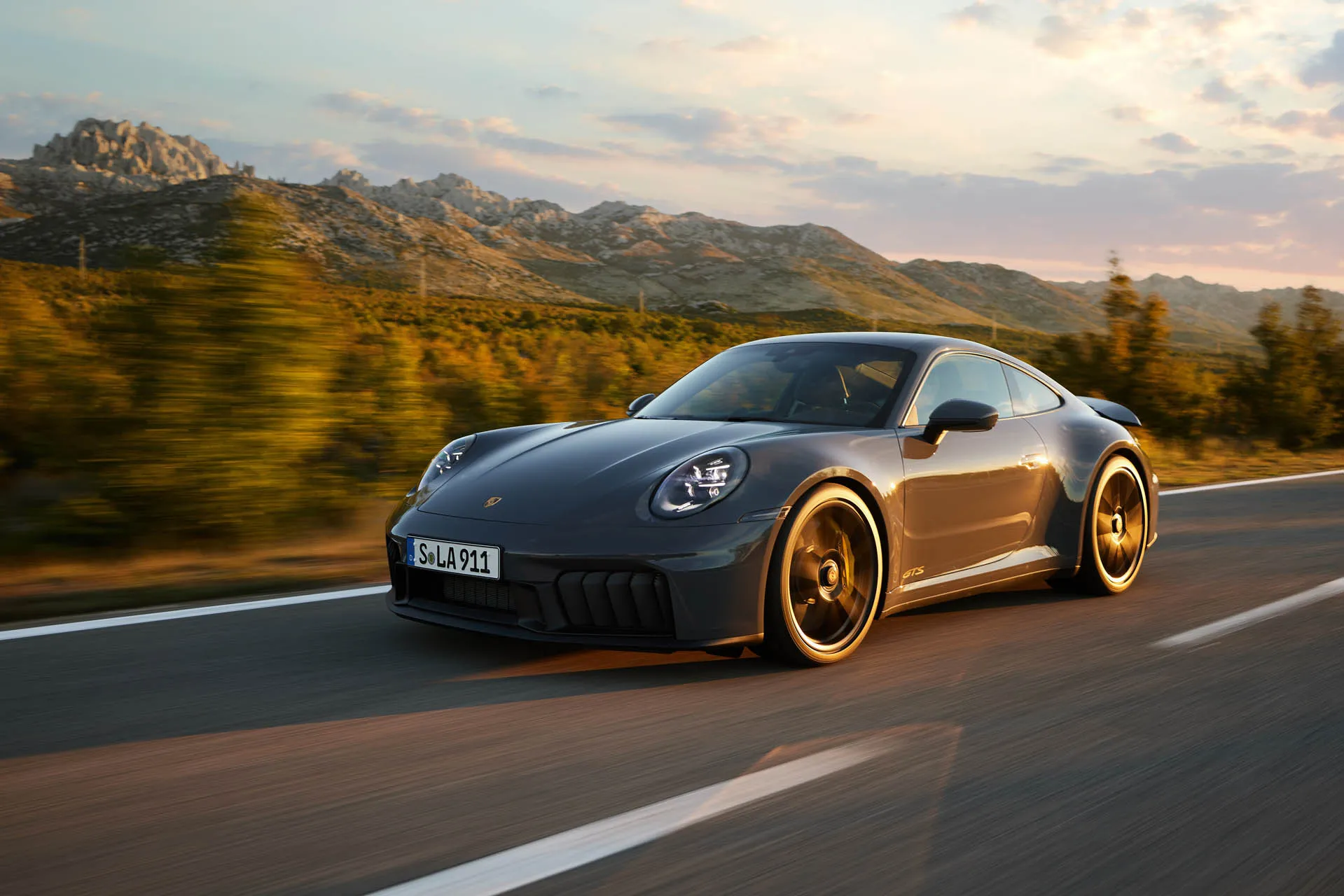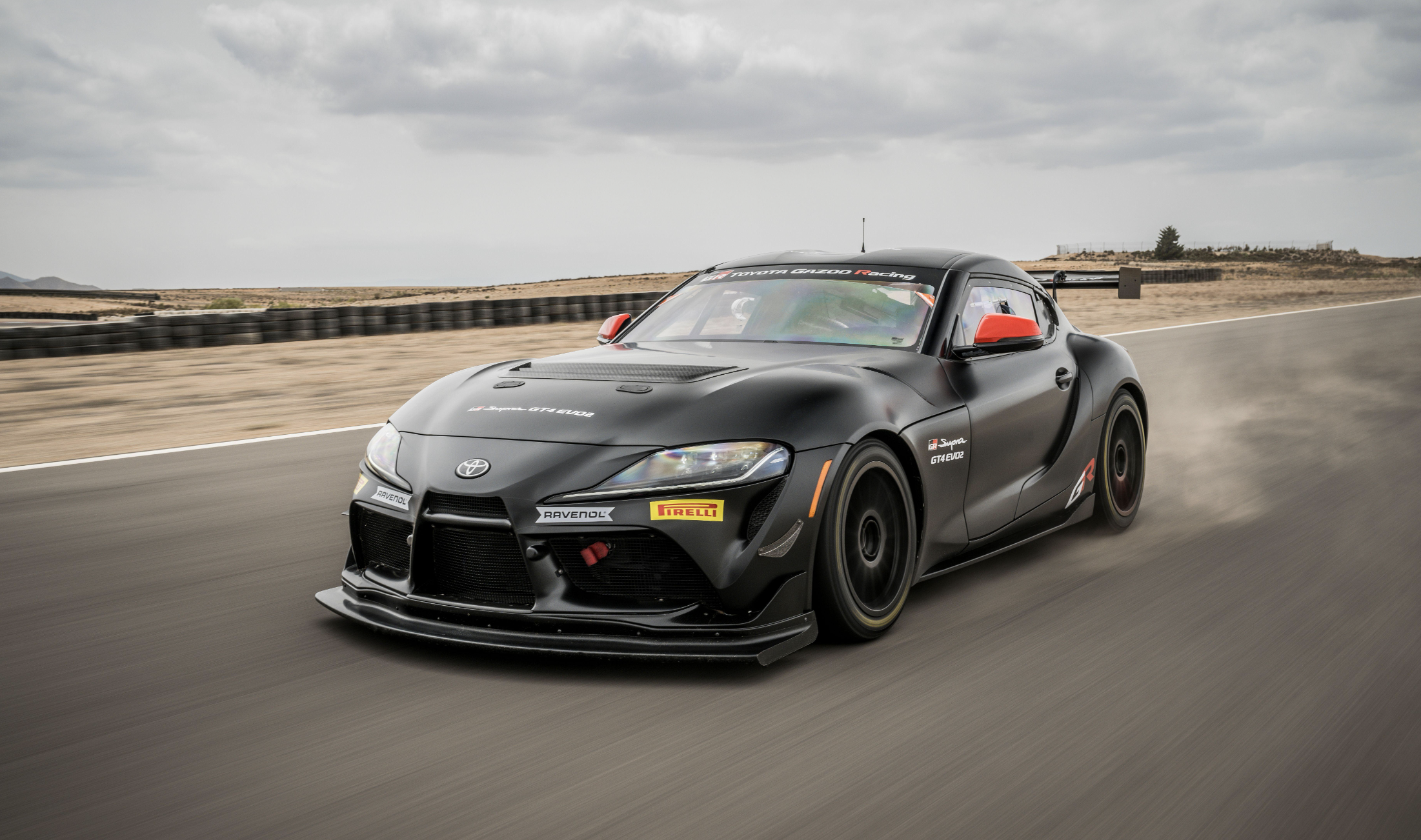Thousand Horsepower Becomes the 'Standard' for Electric Cars! Road Hazards Rise, Is an 'Exotic Car Driver's License' Urgently Needed?
![]() 05/13 2025
05/13 2025
![]() 506
506
Regulation of Thousand Horsepower Models is Necessary.
Out-of-control collisions, speeding, and thousand horsepower models—it's time to implement regulations.
On March 21, a Xiaomi SU7 Ultra on Fenghai Road in Quanzhou raced at 150km/h, sending an electric bike flying 10 meters away while avoiding a turning vehicle. The car had accumulated 17 speeding violations in just 23 days after delivery, with 8 of them exceeding 200km/h. The car owner had obtained their driver's license less than half a year ago and had previously only driven a 1.5L fuel vehicle.

Image Source: Social Media
Earlier, an internet celebrity blogger lost control of their Ferrari on icy roads and crashed into a tree due to slipping tires, causing the vehicle to catch fire and killing the driver; in Shaoxing, Zhejiang, a Lamborghini spun out of control and crashed into a Mercedes-Benz G-Class after the driver accelerated without first straightening the steering wheel.
Today, there are increasing numbers of thousand horsepower models. The Zeekr 001 FR boasts a motor power of 1265 horsepower; the BYD Han L, 1102 horsepower; and the Denza Z9GT, though not exceeding a thousand, still reaches 966 horsepower. Notably, during the period when fuel-powered cars dominated the market, only supercars priced at several million yuan possessed such power levels.
A People's Daily commentary points out that the application and restriction of ultra-high horsepower face the dilemma of "valuing user rights versus public safety." So, should thousand horsepower models be regulated? How should they be regulated?
Speed or Safety? The Pursuit of Equal Performance Falls into a Double Dilemma
How should we respond to the potentially imminent era of 'thousand horsepower for all'?
According to the Ministry of Public Security's Traffic Management Bureau's accident statistics report for the first quarter of 2024, the accident rate of high-performance electric vehicles increased by 42% compared to the same period last year, with speeding accounting for 67% of these accidents.
Nowadays, we can obtain acceleration performance surpassing million-yuan supercars with a budget of around 500,000 yuan. Even without 500,000, the BYD Han L starts at just 220,000 yuan. The popularization of such performance has begun to upend the operating rules of traditional automotive society.

Image Source: BYD
Many have criticized automakers, questioning why they produce cars that are so fast and cheap. This is a classic "kitchen knife theory" issue. A kitchen knife can be used to cut vegetables or to harm people. The knife factory is not at fault, but when thousand horsepower vehicles fall into the hands of those who cannot control them, the risk is real. Thousand horsepower civilian vehicles are not ordinary kitchen knives; they may exceed regulations.
Some may wonder why European and American automakers have gradually introduced racing technology to the civilian market over the past century, building a complete technical value system. When Honda transplanted MotoGP race engine technology to the CBR series, the industry viewed it as a crown jewel; when Porsche injected the Le Mans hybrid system into the 911 model, public opinion hailed it as the pinnacle of mechanical aesthetics. But why does this logic fail when Chinese automakers use electric drive technology to reconstruct performance dimensions, allowing supercar-level power to break through price barriers? It seems that the democratization of performance itself has become an original sin.
Behind this double standard lies the collective anxiety caused by the mismatch between driving skills and vehicle performance. Ultimately, this is not a problem with the car but with people. Thousand horsepower models are like installing fighter jet engines in family sedans, with performance far exceeding the needs of ordinary roads. If drivers have not undergone professional training, it is tantamount to allowing novice pilots to directly fly F-16s.

Image Source: BYD
The screening mechanism previously relying on price is collapsing, and automakers are only now realizing this and can only restrict horsepower from other aspects.
On May 1, several Xiaomi SU7 Ultra owners expressed through social media that the in-car system of their purchased Xiaomi SU7 Ultra was upgraded to Xiaomi HyperOS 1.7.0 version via OTA. In addition to optimizing some functions, the biggest change in this upgrade was the addition of a "lap time assessment function."
This function restricts the power output of the Xiaomi SU7 Ultra. Car owners need to achieve the official recommended lap time on one of the eight domestic tracks designated by the official to unlock the vehicle's maximum power of 1548 horsepower; otherwise, they can only use a power output of about 900 horsepower for daily use.

Image Source: Social Media
Once this move was confirmed, it caused an uproar among Xiaomi SU7 Ultra users, and netizens reported that day afternoon that the OTA update had been withdrawn by Xiaomi Motors.
But honestly, as someone who is not a Xiaomi car owner, it's hypocritical for me to say that "restricting horsepower is the right thing to do." Restricting horsepower makes car owners unhappy; not restricting horsepower makes all road users unhappy; and automakers are unwilling to take responsibility.
Obviously, the key to solving the dilemma lies in establishing a new order that matches human and vehicle capabilities. When vehicles racing on the road exceed thousand horsepower and zero-to-hundred acceleration enters the 2-second club, reconstructing the technological ethics of the human-vehicle relationship is no longer a choice but a required answer in the era of intelligent transportation.
Rather than allowing 2-second acceleration performance to grow uncontrollably under the slogan of 'everyone can have a supercar,' it would be better to install a safety valve for driving civilization with a tiered access mechanism—a driver's license exclusively for high-performance models is time to be put on the table.
Driver's Licenses Need Classification: 'Being Able to Drive' Does Not Equal 'Being Able to Drive Well'
China's current motor vehicle driver's license classification system is centered on vehicle types and usage scenarios. What driving test students learn in driving schools is far from sufficient to support them in handling high-performance models with thousands of horsepower.
For example, almost every nomadic person living on the vast grasslands can ride a horse, but most people ride tamed, gentle, and stable horses in their daily lives. Only a few exceptional riders with superb riding skills have the ability to tame fierce horses.
On the matter of driver's license classification, we can easily learn from others.
For example, the European Union launched the "White Paper on Driving Qualifications for New Energy Vehicles" in 2024, which refines the current B-class driver's license into three levels: BEV-1 to BEV-3:
BEV-1 corresponds to models with less than 200 horsepower, retaining the existing exam standards;
BEV-2 requires passing the dynamic center of gravity perception test and torque control simulation training;
BEV-3 must complete at least 20 hours of track driving training.
This classification system is not a simple administrative control but a re-recognition of the essence of driving. Currently, vehicle performance has exceeded human perception thresholds, and driving qualifications must evolve in sync with technological development.
The pilot project of Japan's Ministry of Land, Infrastructure, Transport, and Tourism is even more forward-looking: During the delivery of the electric version of the Toyota GR Supra, car owners are mandatorily required to wear biosensors to complete a virtual reality (VR) driving assessment. The system accurately judges whether the driver can handle sudden torque impacts by monitoring pupil changes, heart rate fluctuations, and muscle tension. This proves that technological classification can not only ensure safety but also scientifically optimize the human-vehicle collaboration system.

Image Source: Toyota
In the aftermarket, the "dynamic premium system" launched by German insurer Allianz is quite representative: For every hour of professional training completed by the car owner on the Nürburgring track, the annual premium can be reduced by 5%, with a maximum discount of 40%. Conversely, driving high-horsepower vehicles without certification will face a 300% increase in premiums.
Our current small passenger vehicle driver's licenses come in C1 and C2, distinguishing between manual and automatic transmissions. Can we distinguish the allowed vehicle types based on horsepower? Or, in addition to optimizing the driver's license examination process and subjects, should restrictions be placed on the allowed vehicle types for those who have just obtained their driver's licenses?
For example, according to a 2023 document from Germany's Federal Motor Transport Authority, Germany requires an additional 10 hours of wet road handling training for driving vehicles with a power exceeding 500kW; additionally, according to a 2024 report by the Los Angeles Times, California mandates the installation of driving behavior monitors for owners purchasing the Tesla Model S Plaid (1020 horsepower).
These are all executable methods at this stage that can prevent situations where "someone without a driver's license one day can drive a thousand horsepower electric car the next day."
Technological Frenzy: Automakers' Responsibilities Should Not Stop at the Configuration List
Research institution cavertical once conducted a global market study on the impact of horsepower on accident rates, concluding that as horsepower increases, the accident rate of vehicles of the same brand also increases significantly, especially for electric cars like Tesla, where the accident rate rises dramatically.
At the same time, transportation ethics research at the University of California, Berkeley, shows that advertisements that overly hype performance parameters increase consumers' risk perception thresholds by 58%. This explains why some car owners dare to activate "track mode" on urban roads—in their subconscious, they have transformed their means of transportation into performance toys.
However, even so, automakers talk a good game when promoting horsepower but avoid talking about how to handle these steel beasts. To drive a high-horsepower model, the most important thing is not how the car itself is, but that the driver needs more driving experience, faster reaction speed, and physical fitness, which obviously most drivers cannot meet.
Automakers' social responsibility should not stop at the configuration list.
Volvo's "geofencing" technology, pioneered on the EX90 model, is worth learning from: The vehicle automatically recognizes the type of road it is on, restricting power output to 300 horsepower in residential areas and releasing full power only in a racing environment.
This internalization of technological ethics essentially implants a "social convention chip" in the powertrain. More notably, South Korea's Hyundai Motor's "digital copilot" system: When the system detects unconventional operations, it does not simply cut off power but projects a virtual coach onto the windshield using augmented reality (AR) technology to guide the driver in real-time to correct their operations.
In summary, in terms of social responsibility, automakers have a hundred ways to avoid the possibility of accidents caused by thousand horsepower. Therefore, it is necessary to consider how to act. Simply restricting and blindly ignoring is not scientific. Standing at the turning point of the automotive industry, we should not only celebrate technological breakthroughs but also maintain a clear understanding. Thousand horsepower should not be a badge of boasting but a touchstone of technological ethics. Only by establishing a dynamic balance between technological capabilities and social responsibility can steel beasts truly become carriers of civilization and progress.
Source: LeiTech








